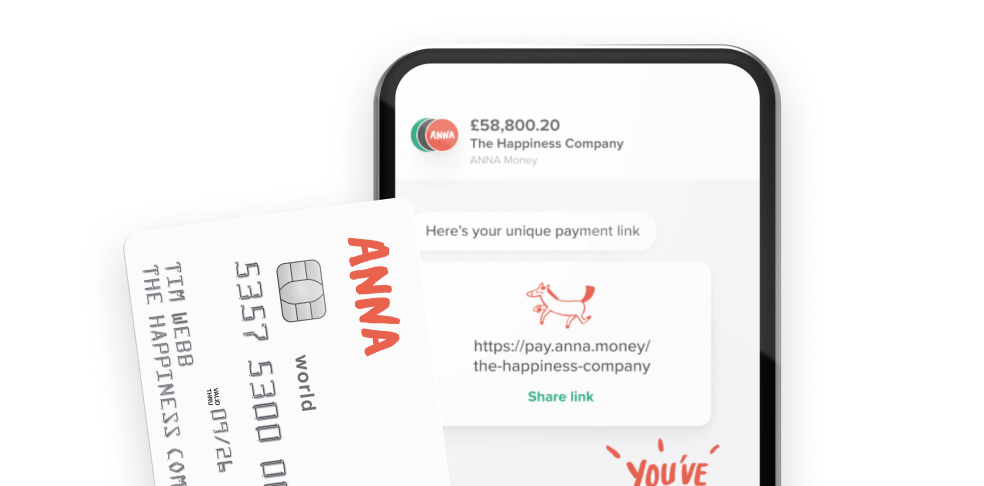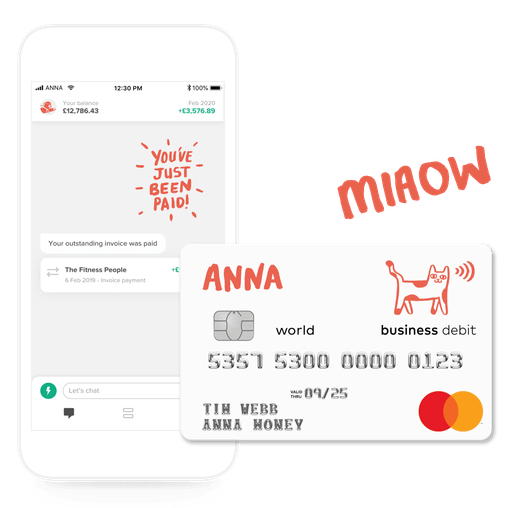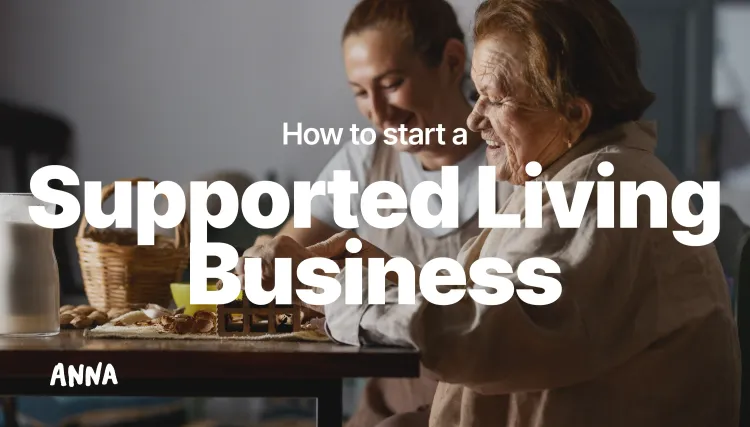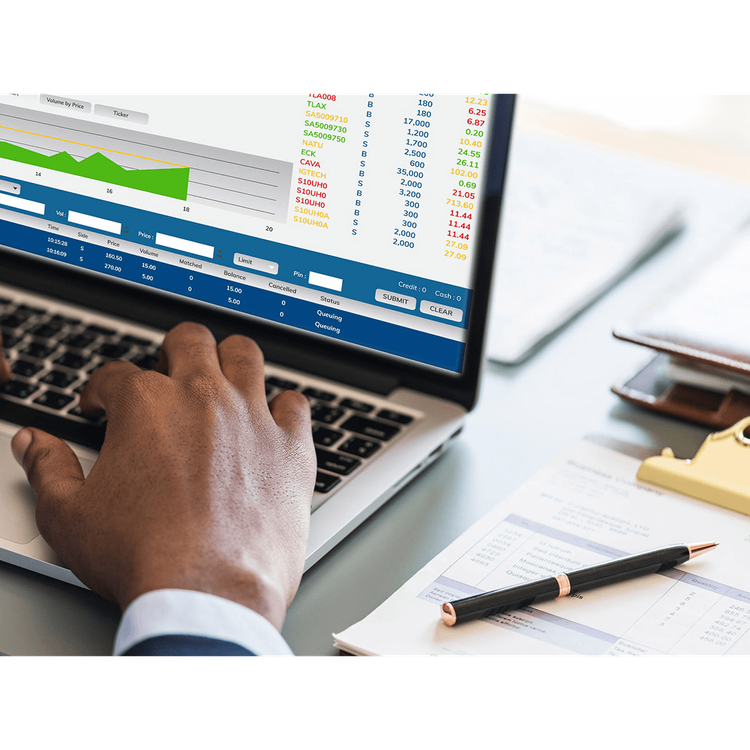How Much National Insurance Do Self-Employed Workers Need to Pay?
Everything you need to know about staying on top of your NI contributions when you’re self-employed.


- In this article
- Firstly, what exactly is National Insurance?
- What if I don’t have a National Insurance number?
- I‘ve just decided to be self-employed. What do I do first?
- What if I forget to register for self– assessment immediately?
- How much will my NI contributions be?
- So I pay my NI contributions in the same place as my income tax?
- What if I’m still employed, but freelance on the side?
- Could I possibly be exempt?
- One last note
As an employee, all you need to do is show up, work hard, and get paid. Going freelance, however, means taking responsibility for a range of admin tasks you may never have even thought about before – and paying your National Insurance Tax is one of them.
If you recently became self-employed, our guide to National Insurance contributions breaks down how it works and what it means for you. It’s nowhere near as intimidating or tricky as you might imagine.
Firstly, what exactly is National Insurance?
People living and working in the UK pay a portion of their income to National Insurance, which goes towards the NHS, your state pension, maternity allowance, and unemployment and sickness benefit. If you don’t pay the right amount of National Insurance, you could be fined and you won’t be able to claim a state pension after you retire.
What if I don’t have a National Insurance number?
If you were born in the UK, you’ll definitely have a National Insurance number, also known as an NI number. If you lost your NI card or don’t remember the details (which is often the case because, let’s be frank, what percentage of 16-year-olds save that kind of information?!), then you can retrieve it here. You can also find your NI number on your payslip, your P60, and on letters about tax, pension or benefits.
If you weren’t born in the UK, but you have a legal right to work here, then you can apply for an NI number. Once your application has been sent off, you can start freelancing before you get your NI number as long as you keep records of your income.
I‘ve just decided to be self-employed. What do I do first?
Congrats! Here’s what you need to do now:
- Register as a sole trader, which you can do here.
- Then register for tax self-assessment with HMRC, which you can do here. Once that’s in motion, you’ll automatically be registered for NI contributions.
When you fill in your self assessment form online, it will calculate how much your NI contributions are, and you’ll pay them as part of your total tax bill. (Remember, the deadline for filing your self assessment tax online is always January 31, although it would be wise to file it earlier so you know how much tax you need to pay in advance.)
What if I forget to register for self– assessment immediately?
Then allow us to remind you that one of the most important things about staying afloat as a self-employed person is respecting and keeping to important deadlines!
Registering immediately is ideal, but if something holds you up, you have until October 5 in the second tax year of your business to get it sorted. If you don’t register by then, you risk a pretty hefty fine. (The tax year in the UK runs from April 6 to April 5.)
How much will my NI contributions be?
As with all government taxes, it can sometimes seem like a complicated system designed to make you tear your hair out in frustration. But in reality, it’s not that complicated.
National Insurance is calculated on gross earnings before income tax (minus expenses).
NI contributions are classified into four different brackets. The ones that freelancers and self-employed people have to pay are Class 2, and if you earn a little more, then Class 4 as well.
- Class 2: £3 per week (for the tax year 2019 – 2020)
- CLass 4: 9% on profits between £8,632 and £50,000, and 2% on profits above £50,000
What does this mean for you? Essentially:
- If you only earn between £6,365 and £8,631 per year, you only pay Class 2 contributions (£3 per week).
- If you earn above £8,632 per year, you pay both Class 2 and Class 4 contributions.
If you’re still confused, HMRC can help.

So I pay my NI contributions in the same place as my income tax?
Exactly! When you fill out your self assessment form online before the January 31 deadline, it will work out exactly how much NI you need to pay, and add that to your total tax bill. Previously, NI was dealt with separately from your income tax bill, but now you pay them all together, which is much more convenient for all involved.
What if I’m still employed, but freelance on the side?
Bad news if you thought you’d found a tax loophole – you still have to pay NI contributions on whatever you make as a freelancer (yes, even though you already paid your NI contributions on PAYE). However, there’s a lot of nuance involved when it comes to side income classifications (ranging from a business to what’s known as “casual income”) that could fill a blog of its own. Unfortunately, the government hub on NI doesn’t cover this particular issue very thoroughly, and leaves it up to you to work it out while doing your online assessment. However, there is a lot of valuable information available on this topic. If you still need more help, it’s best to ask an accountant. Yes, you’ll have to pay, but it’s better to pay for information now, than pay later with a fine for being misinformed.
Could I possibly be exempt?
Possibly! But only if your new freelance gig is one of these jobs:
- Examiners, moderators, invigilators and people who set exam questions
- People who run businesses involving land or property
- Ministers of religion who do not receive a salary or stipend
If you’re not a priest, it’s very likely you do have to pay NI contributions, but for a longer list of exempt freelance professions (and more info on voluntary contributions), visit the HMRC hub.

One last note
If you’re still scratching your head, the government has a special page dedicated to the newly employed. It also has a helpline in case you still have questions about National Insurance (or anything else to do with being self-employed).
And don’t forget, when you join ANNA, we’ll remind you about tax deadlines so you’ll never get caught out.
Read the latest updates
You may also like
Open a business account in minutes



![How to Start a Currency Exchange Business in the UK [Guide]](https://storage.googleapis.com/anna-website-cms-prod/medium_Cover_3000_Landscaping_Business_Names_Creative_Name_Ideas_daad2f9e2a/medium_Cover_3000_Landscaping_Business_Names_Creative_Name_Ideas_daad2f9e2a.webp)




![140 Creative Tutoring Business Names [Ideas & Examples]](https://storage.googleapis.com/anna-website-cms-prod/medium_Cover_3000_Landscaping_Business_Names_Creative_Name_Ideas_d7964059b3/medium_Cover_3000_Landscaping_Business_Names_Creative_Name_Ideas_d7964059b3.webp)

![How to Start a Self-Employed Business in the UK [Guide]](https://storage.googleapis.com/anna-website-cms-prod/medium_Cover_3000_Landscaping_Business_Names_Creative_Name_Ideas_fe5b6edef1/medium_Cover_3000_Landscaping_Business_Names_Creative_Name_Ideas_fe5b6edef1.webp)
![How to Start an Electrician Business in the UK [Guide]](https://storage.googleapis.com/anna-website-cms-prod/medium_Cover_3000_How_to_Start_a_Car_Detailing_Business_Successfully_74488a6268/medium_Cover_3000_How_to_Start_a_Car_Detailing_Business_Successfully_74488a6268.webp)













